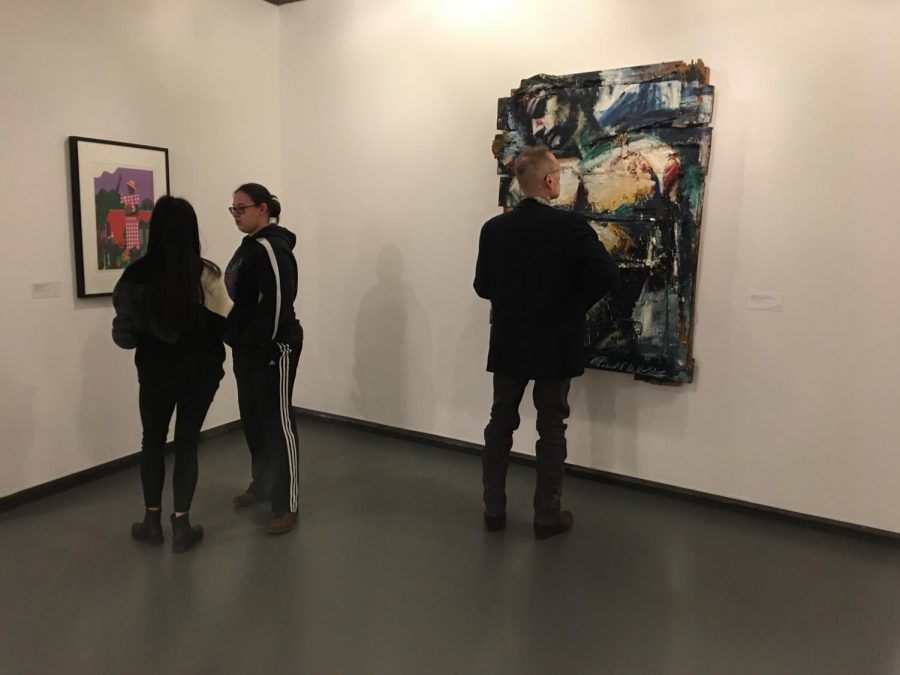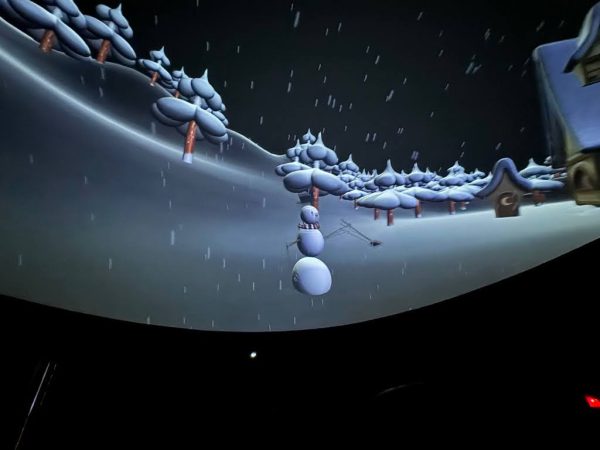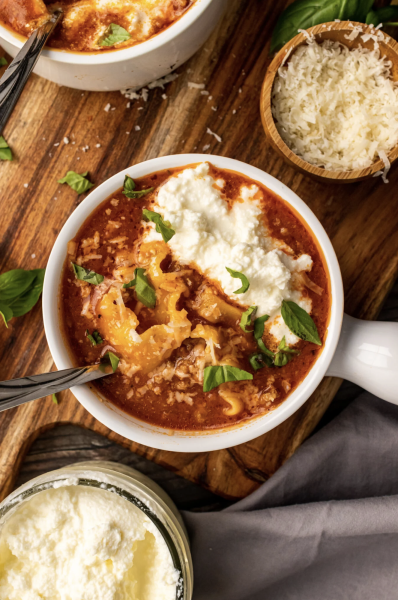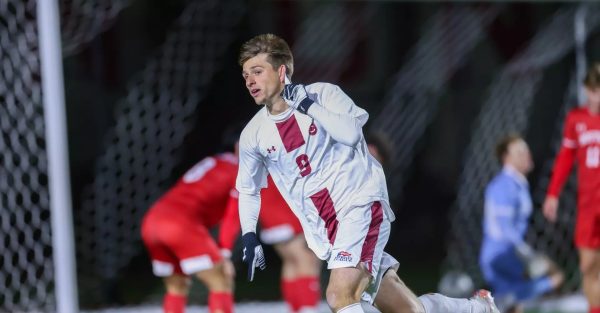Picker Gallery Hosts Dual Exhibition Opening: Original Materials II and Works In Progress: Original Materials from the Netherlands
The Picker Gallery hosted their opening reception of their dual exhibition Original Materials II and Works In Progress: Original Materials from the Netherlands at 5:00 p.m. in the Dana Arts Center on Thursday, January 30.
The exhibition Original Materials II takes a look into the Picker’s extensive collection history through its diverse pieces of art. The exhibition is meant to examine significant moments in the collection’s development, take into consideration the people who helped build it and understand what these pieces mean to Colgate.
“What I wanted to do with Original Materials is have viewers come away with the sense that collections are works in progress—that they are continually evolving, that they aren’t as static as people might think they are,” Picker’s Curator of Collections Nick West said. “You only see the tip of the iceberg in a museum collection in any exhibition space, so I want people to understand the research and curiosity that goes into this kind of museum work. There’s a lot that we don’t know about our museum collections that we’re continuously learning about and presenting new information to our students and public.”
This concept is mirrored perfectly in the tandem exhibition Works in Progress.
“It’s a small nice cohesive group of works that we’ve had for about eight years now and this is the first time we’ve really been able to get them out and do some serious work on them,” West said.
Works In Progress, the second of the two exhibitions, deals exclusively with the Picker’s materials in Dutch and Flemish artworks. The exhibition focuses on examining the provenance of the pieces displayed through researching archives, literature and the paintings themselves. As the title of the exhibition suggests, the research is an ongoing process that will be regularly updated throughout the year. Research on the Picker’s collection of Dutch and Flemish paintings is being carried out by Suzanne van de Meerendonk.
Van de Meerendonk’s specialization is in 17th century Dutch art and architecture and in the past has worked as a provenance researcher specifically with World War II era issues regarding ownership of art items.
The term “provenance” refers to the chain of ownership and movement a painting or object might have throughout its life. Ensuring that an object provenance is well-documented prevents museums from acquiring stolen or forcibly sold items. Currently, dealing with provenance of objects coming from the Middle East has created tensions, where raiding of heritage sites has occurred. Major museums like the British Museum in London are discussing whether they should have the right to obtain and hold certain objects, if their original home could potentially threaten the safety of the items.
Van de Meerendonk spoke to the complexities of provenance research.
“With research, there’s always a lot that you can never reconstruct. These are objects that are hundreds of years old so you try to figure out as much as you can about where objects have been in the past for instance and in a lot of cases that information simply does not get preserved so you do the best you can. For instance, there are databases online where you can look to see where there have been auctions in the past where works similar to yours have been included. So for example you can think about a work like this winter landscape by Bruegel, there’s roughly fifteen versions of this painting so even if you find a reference that sounds like your painting it could very easily be one of the other ones. Historical reconstruction is a very labor intensive process and you never really fully succeed. It’s something that takes a lot of time and patience and you’ll never fully be done.”
Van de Meerendonk started working alongside the Picker in September and her research is very much ongoing. She is in touch with agencies abroad who are sending her documents, talking to conservators. The exhibition is supposed to reflect these ongoing insights as they begin to learn more and make new discoveries.









